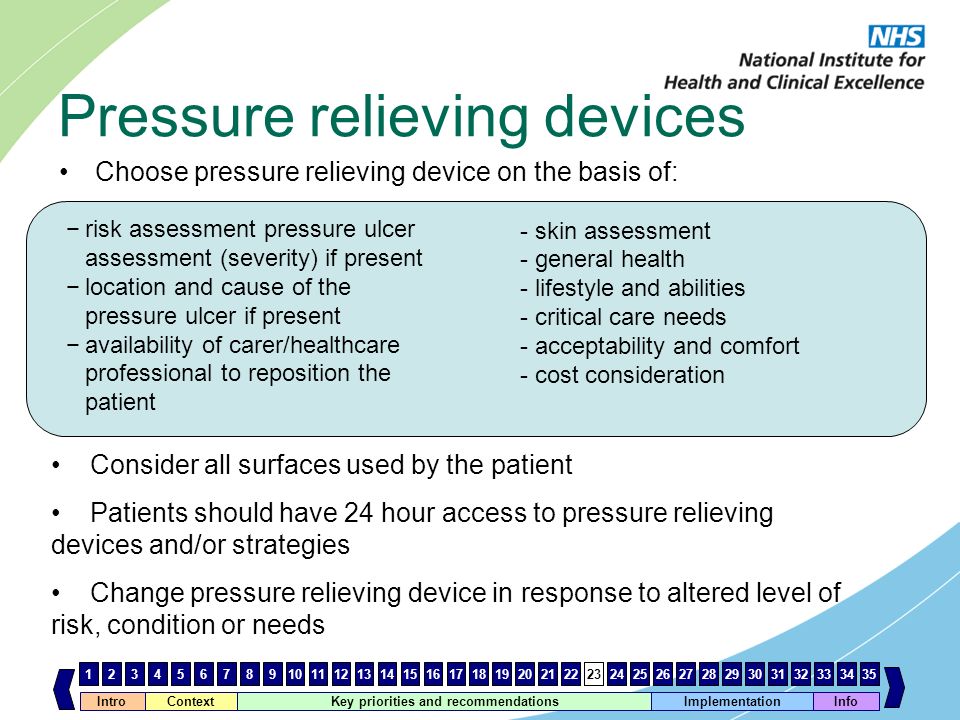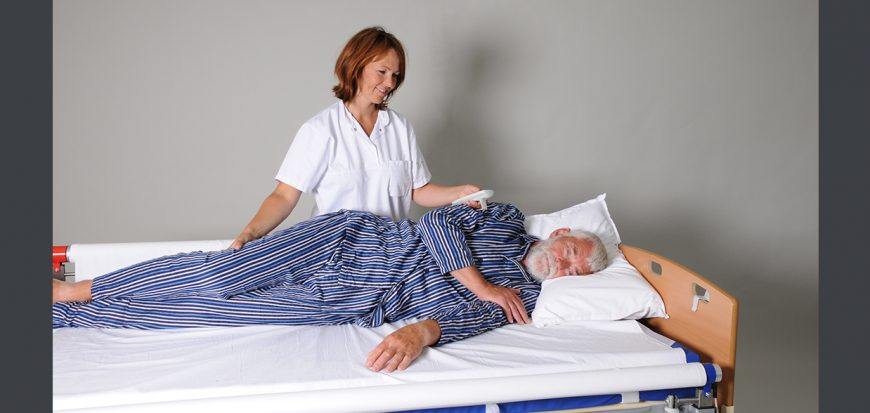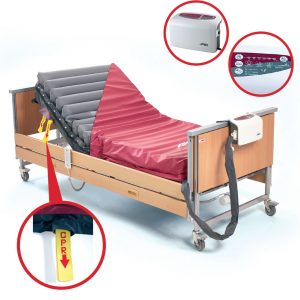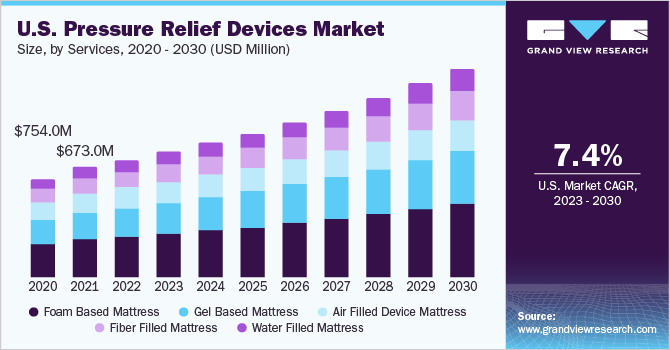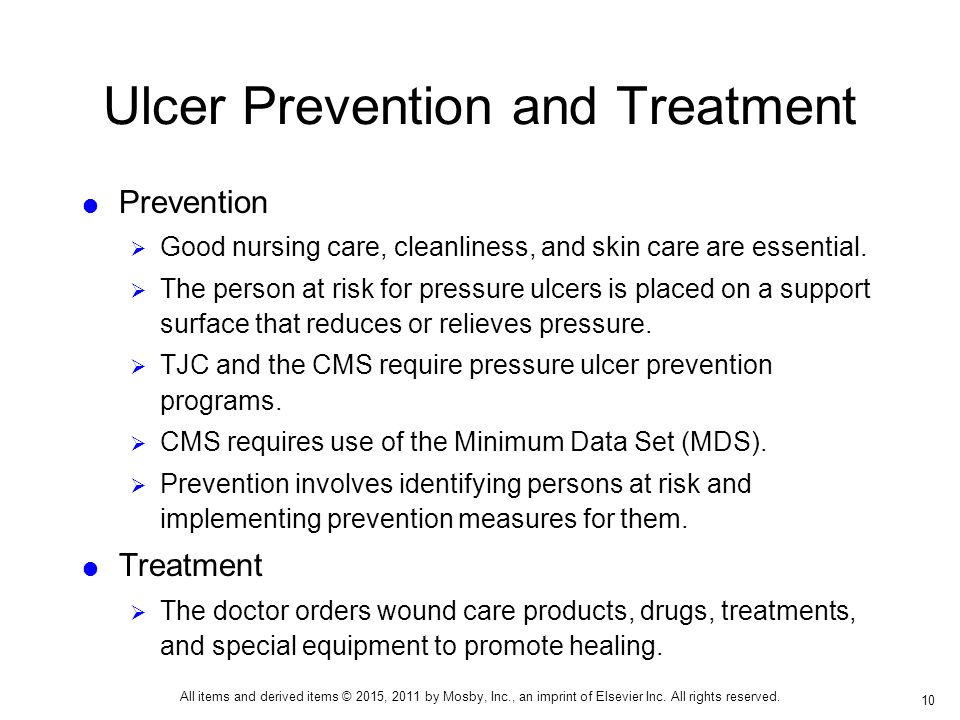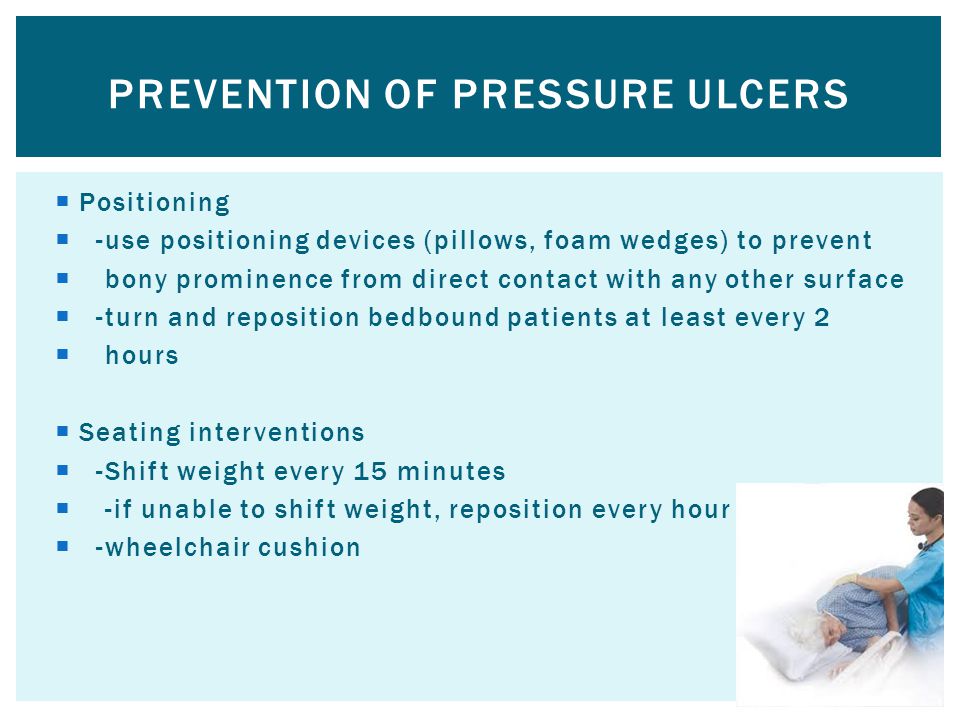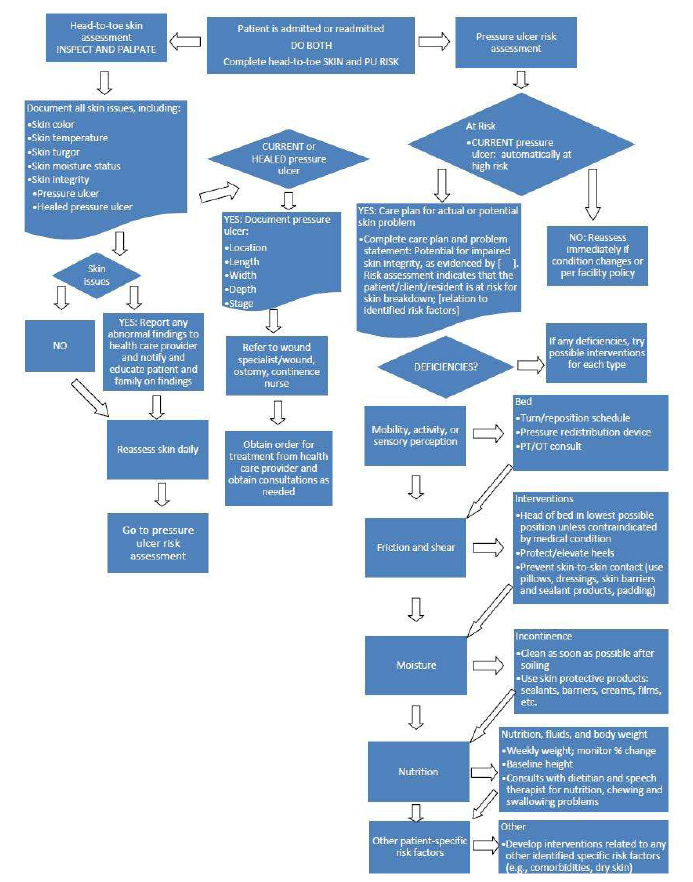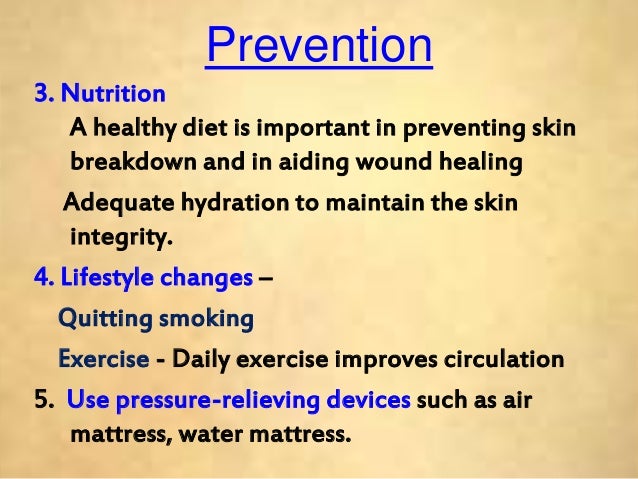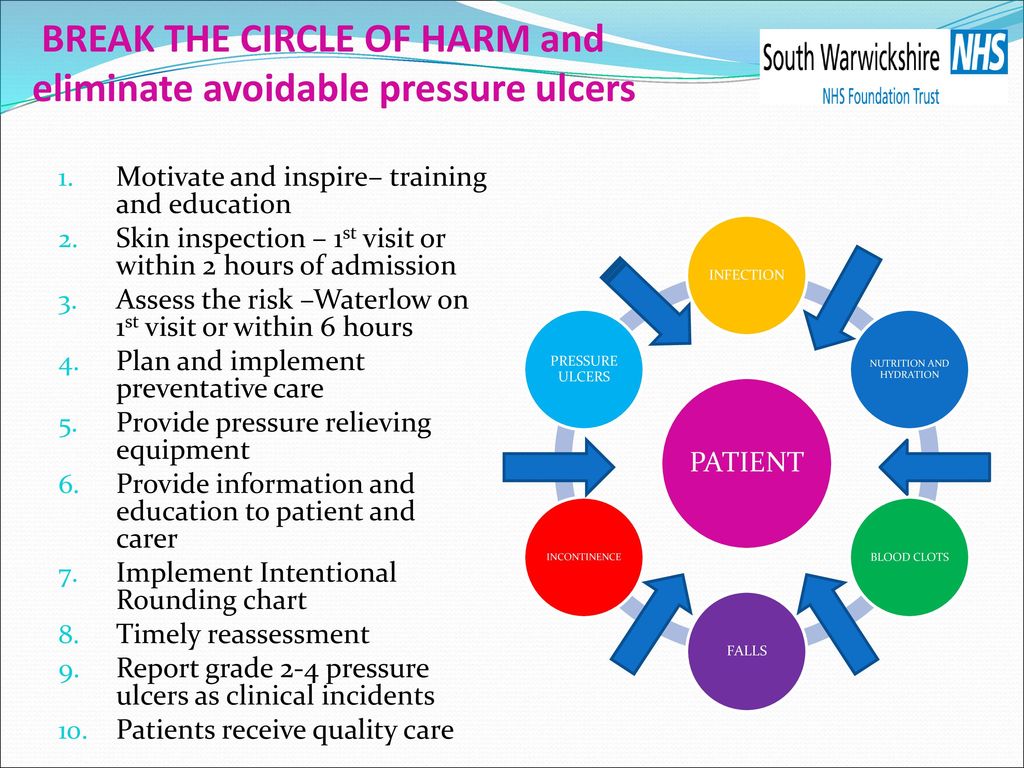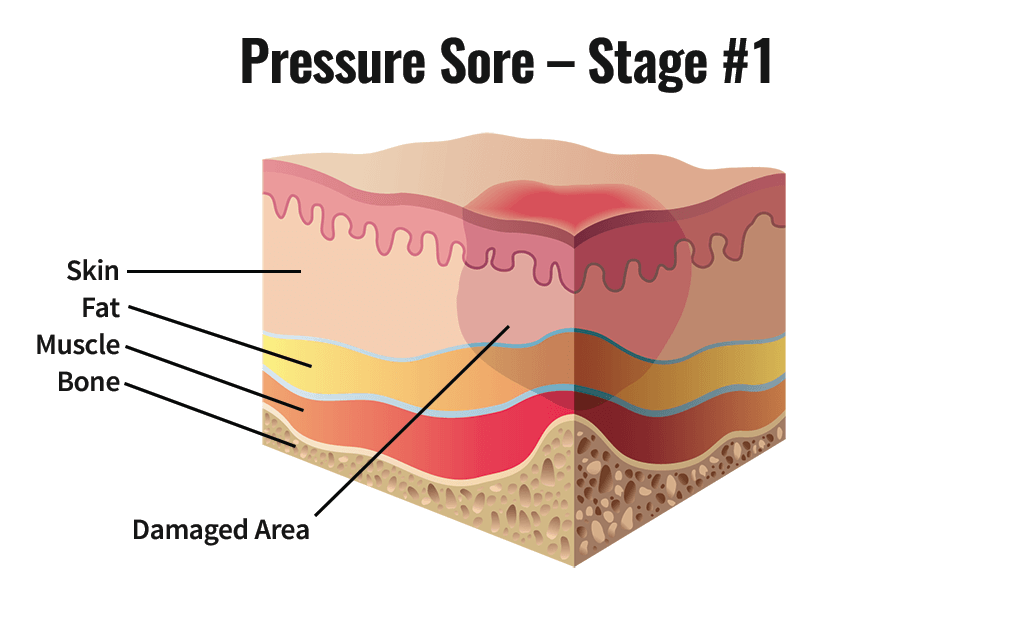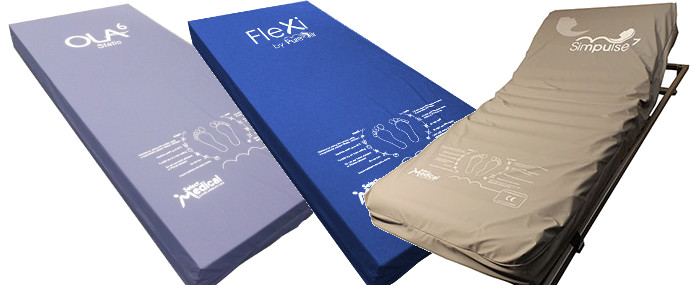Pressure Relieving Equipment For Pressure Ulcers
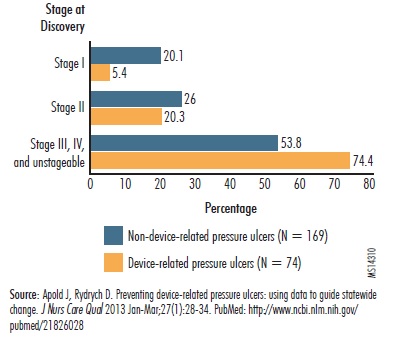
Pressure relieving mattresses are a key component of pressure ulcer prevention practice and lack of evidence of comparative effectiveness may lead to widespread adoption of high tech solutions vs low tech without demonstrated patient benefit.
Pressure relieving equipment for pressure ulcers. Moving and regularly changing your position helps to relieve the pressure on ulcers that have already developed. Using pressure relieving devices to prevent pressure ulcers. Pressure relieving surfaces widely known as alternating mattresses and cushions alternately apply and remove pressure. Current technology on the market includes a device that recognizes and tracks the body position and pressure affecting all 12 bony prominences.
Pressure care is a vital area of medicine. Pressure relief equipment is designed to help ease the conditions of the patient by improving their comfort and reducing unnecessary strain which might have previously been placed on carers. Pressure relieving devices such as high specification foam mattresses and overlays mould or contour around the body spreading the weight and relieving pressure over bony areas that are at risk of developing pressure ulcers. The european pressure ulcer advisory panel aim to provide relief for people suffering from or at risk of pressure ulcers through research and the education of the public and by influencing pressure ulcer policy in all european countries towards an adequate patient centred and cost effective pressure ulcer care.
Pressure relieving devices such as beds mattresses heel troughs splints and pillows are used as part of the treatment to reduce or relieve the pressure on the ulcer. To find out more read our pressure ulcer prevention and management guide. You should be encouraged to change position often and at least every 6 hours. They relieve pressure from the area where the cell is deflated and apply high pressure to the area where the cell is inflated.
10th december 2018 a guide to pressure ulcers and pressure relief equipment. Pressure ulcers also known as pressure sores decubitus ulcers and bed sores are areas of localised damage to the skin and underlying tissue believed to be caused by pressure shear or friction. Broadly speaking equipment works by either redistributing or relieving the pressure. Treatments for pressure ulcers sores include regularly changing your position using special mattresses to reduce or relieve pressure and dressings to help heal the ulcer.
Despite pressure care being high on the health and social care agenda of late prevalence of pressure ulcers is still high and treating them costs the nhs over 1 4 million a day. One of the best ways of preventing a pressure ulcer is to reduce or relieve pressure on areas that are most likely to develop pressure ulcers for example bony parts of the body.

